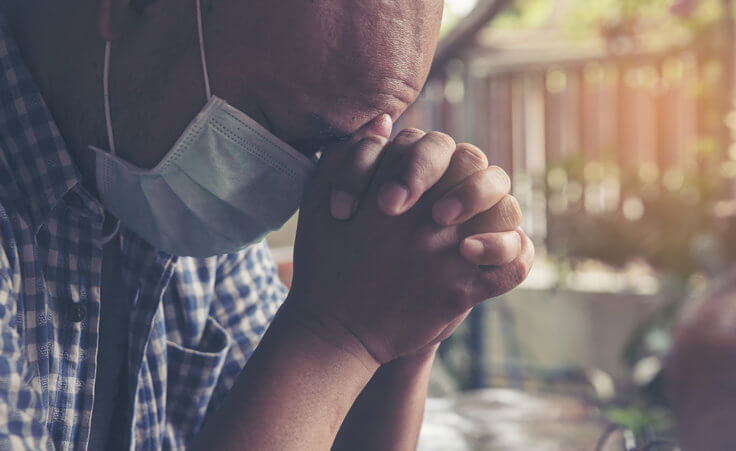
“In 34 years of law enforcement, this is the worst, the most violent crime scene I have ever been involved in.” So said Police Sgt. W. Patrick Swanton of Waco, Texas, after a shootout between rival biker gangs left nine dead and 18 injured. Police have arrested 192 people. Authorities are on alert for more violence to come.
What happened?
According to Steve Cook, a former undercover agent and expert on motorcycle gangs, Texas has historically been controlled by the Bandidos, one of the largest motorcycle gangs in the country. The Cossacks, a local Texas gang, has been challenging the Bandidos’ dominance, and was discussing an alliance with the Hell’s Angels, a rival of the Bandidos. The Cossacks began wearing a Texas patch on their clothing, provoking the Bandidos. When at least five gangs comprising 150 members met at a Waco bar to discuss recruitment, the shooting began.
Are biker gangs a threat to the rest of us?
Cook considers outlaw motorcycle gangs to be domestic terrorists. They compose only 2.5 percent of the total gang population in the U.S., which is estimated by the FBI to number 33,000 gangs with a combined membership of 1.4 million. According to the National Gang Intelligence Center, these gangs commit violent crimes, including assaults and robberies. They rely on drug distribution and trafficking as their primary source of revenue, and are involved in extortion and money laundering as well. At least 30 gangs are engaged in prostitution and human trafficking.
They are migrating nationwide to increase drug distribution and profit, and infiltrating law enforcement and military instillations to gain weapons and training. They employ advanced social media strategies, and are establishing relationships with violent gangs in Mexico. Especially troubling is their growing presence on elementary, secondary, and high school campuses. All-female gangs are on the rise as well.
Why do people join gangs?
Young people most likely to join a gang are impoverished with no economic future. They usually come from broken homes and experienced domestic violence at an early age. Often they have family members or friends in a gang. Typically they failed in school and have no positive adult role models.
What can Christians do?
One: learn about gang activity in your area. Contact local law enforcement officials for help. Never assume that your children or their friends are immune. Two: sponsor a conference to educate at-risk youth in your community about the dangers of gang involvement. Invite local professionals to speak and assist. Three: become involved in school mentoring, especially with at-risk children. Provide the positive role models they seek so desperately. Four: sponsor programs that minister to youth, including recreation, job skills, counseling, and educational programs. Five: pray hard. We are all at risk.
When Jesus preached his inaugural sermon, he chose as his text this prophecy: “The Spirit of the Lord is on me, because he has anointed me to proclaim good news to the poor. He has sent me to proclaim freedom for the prisoners and recovery of sight for the blind, to set the oppressed free, to proclaim the year of the Lord’s favor” (Luke 4:18-19).
That same Spirit now indwells every Christian (1 Corinthians 3:16). How has he anointed you to “set the oppressed free” today?












